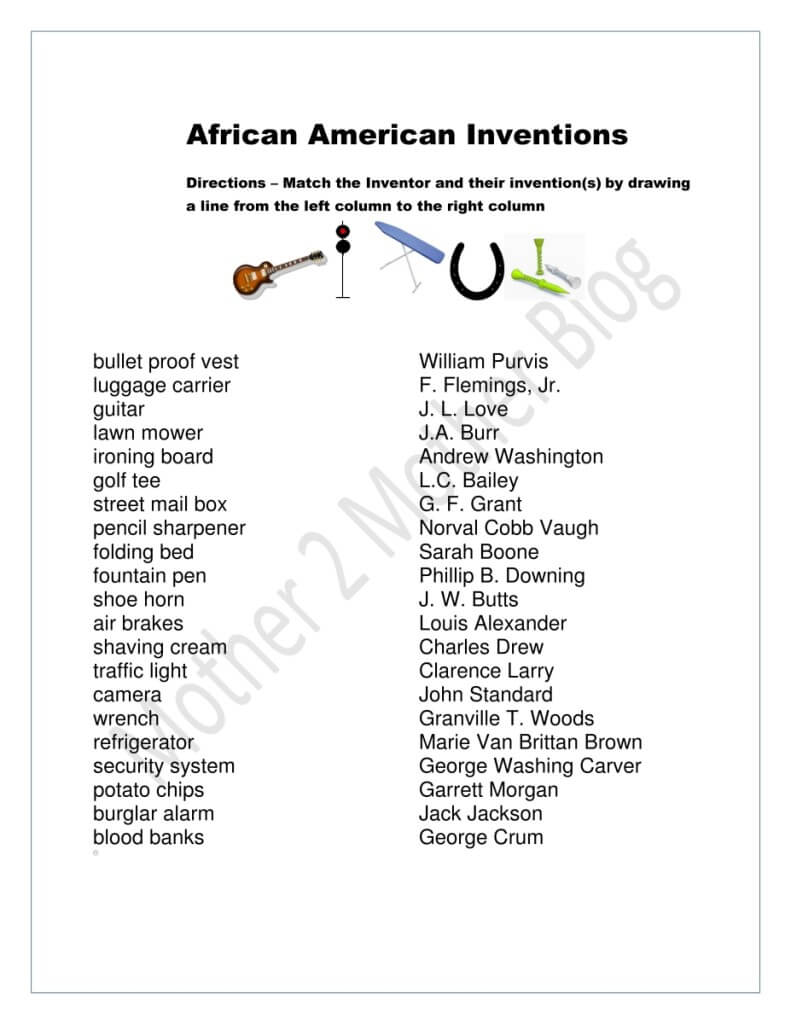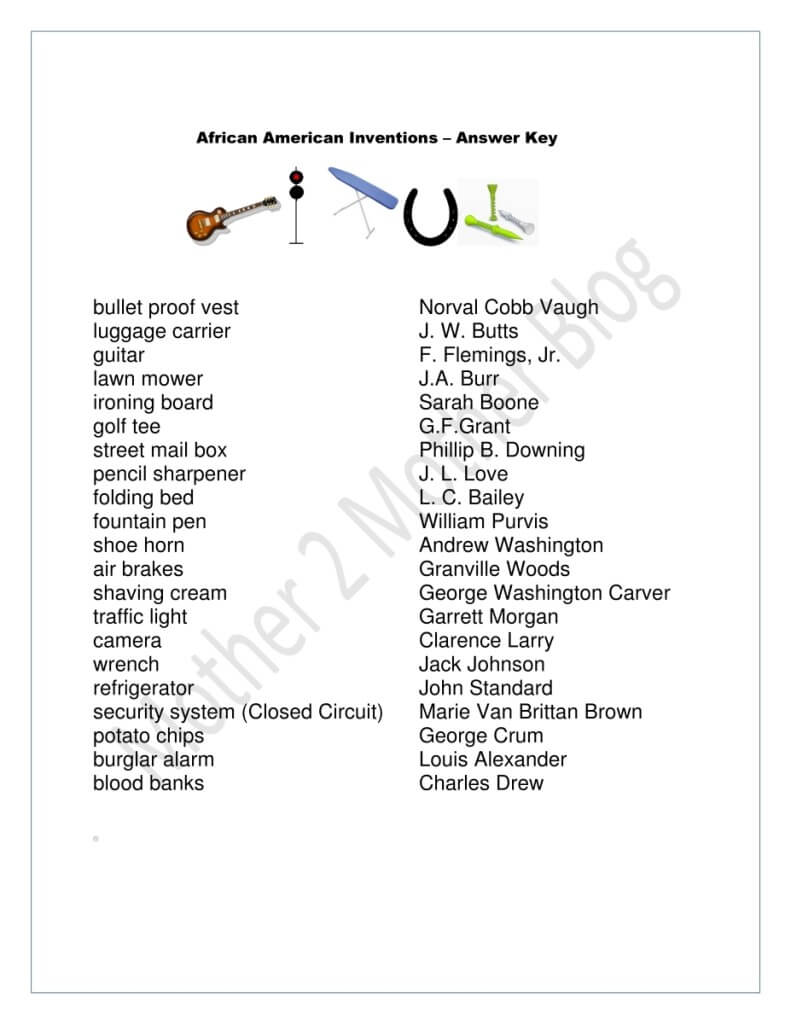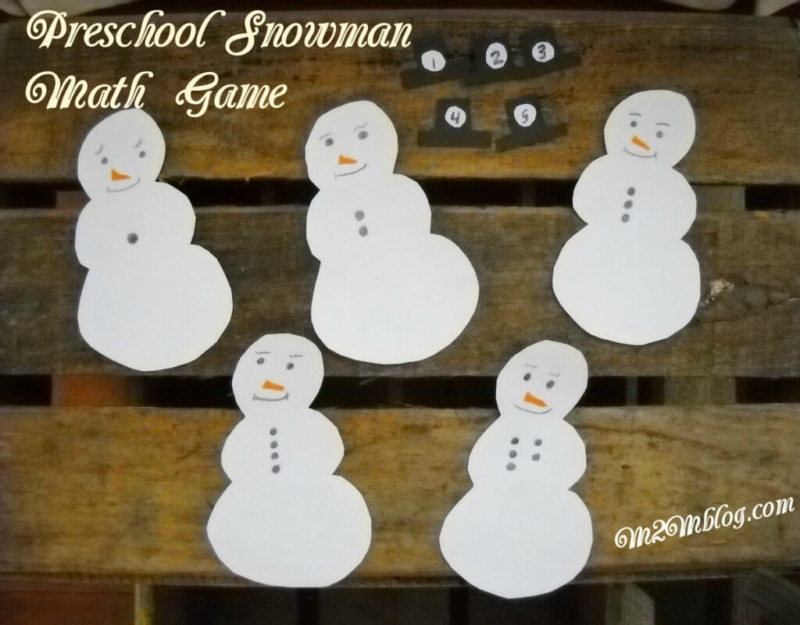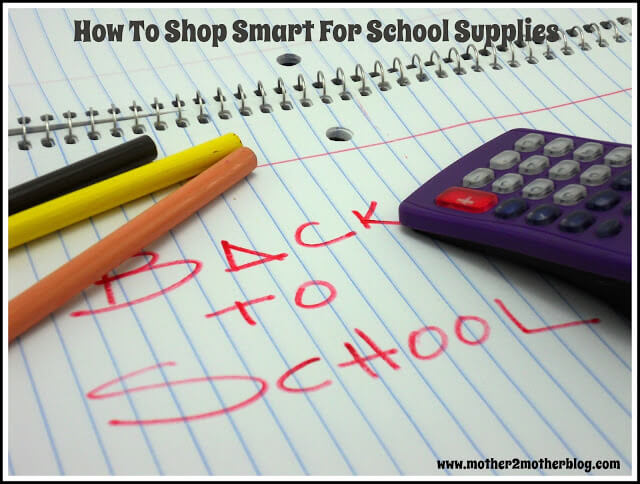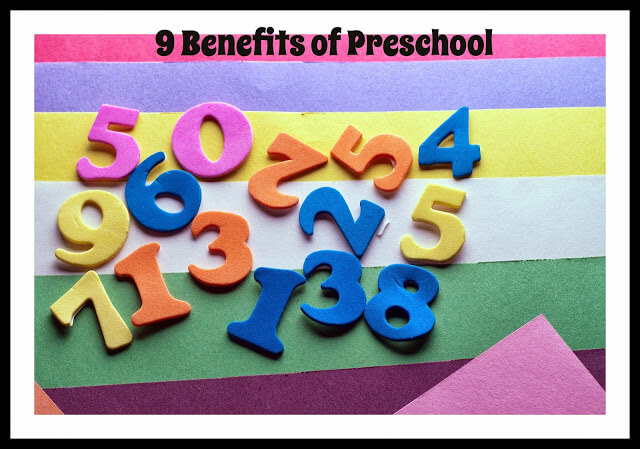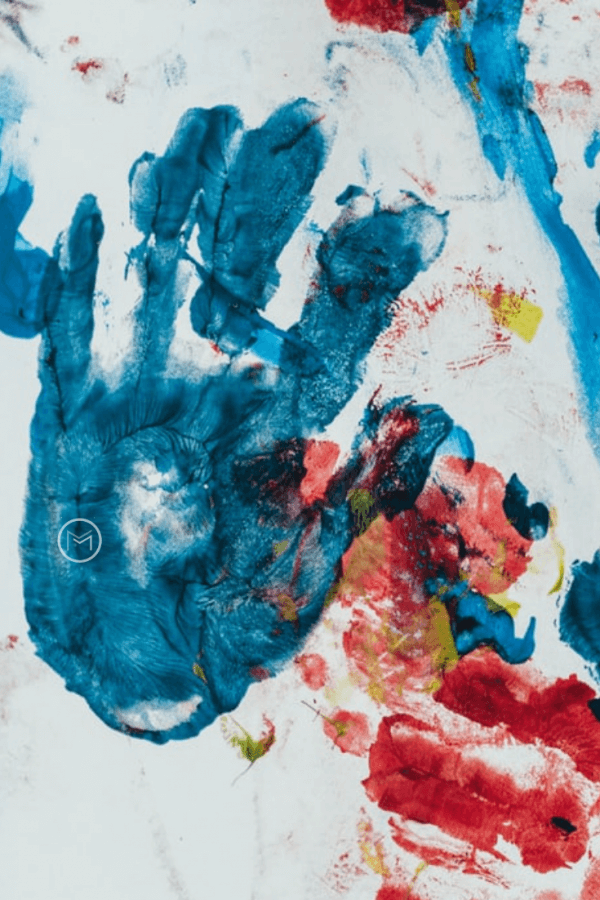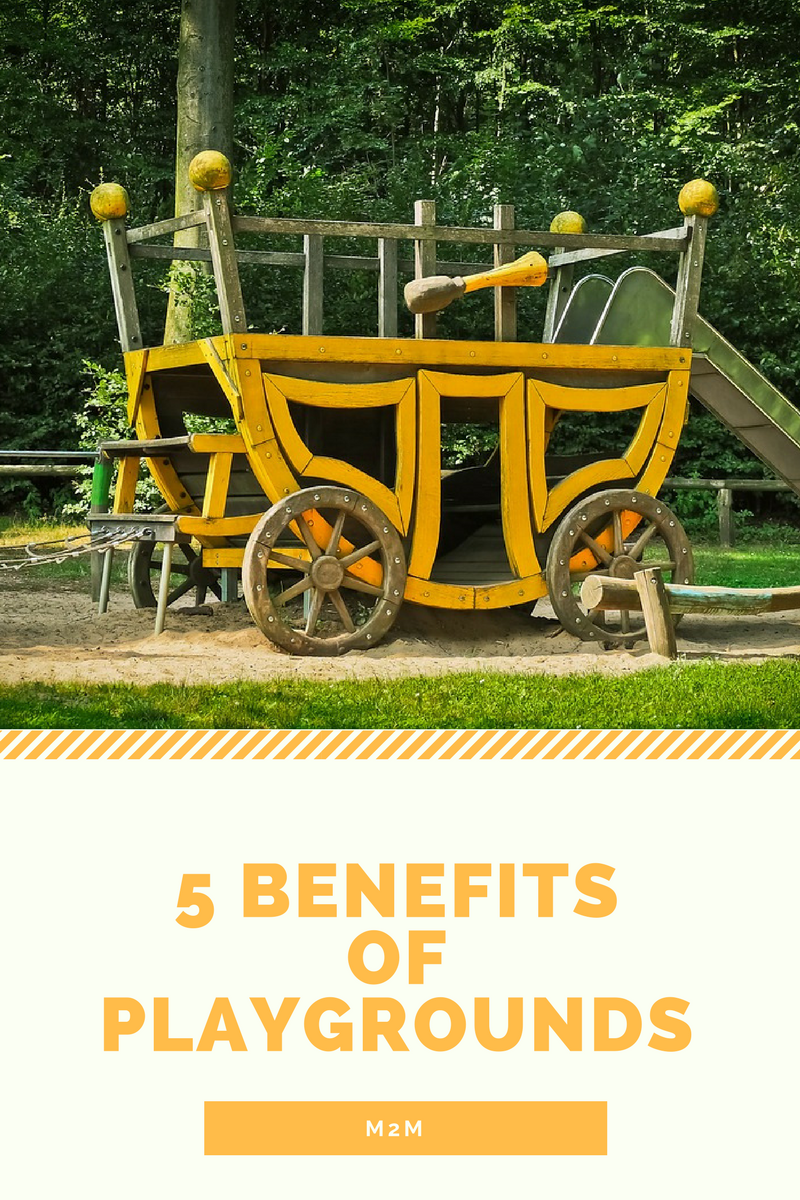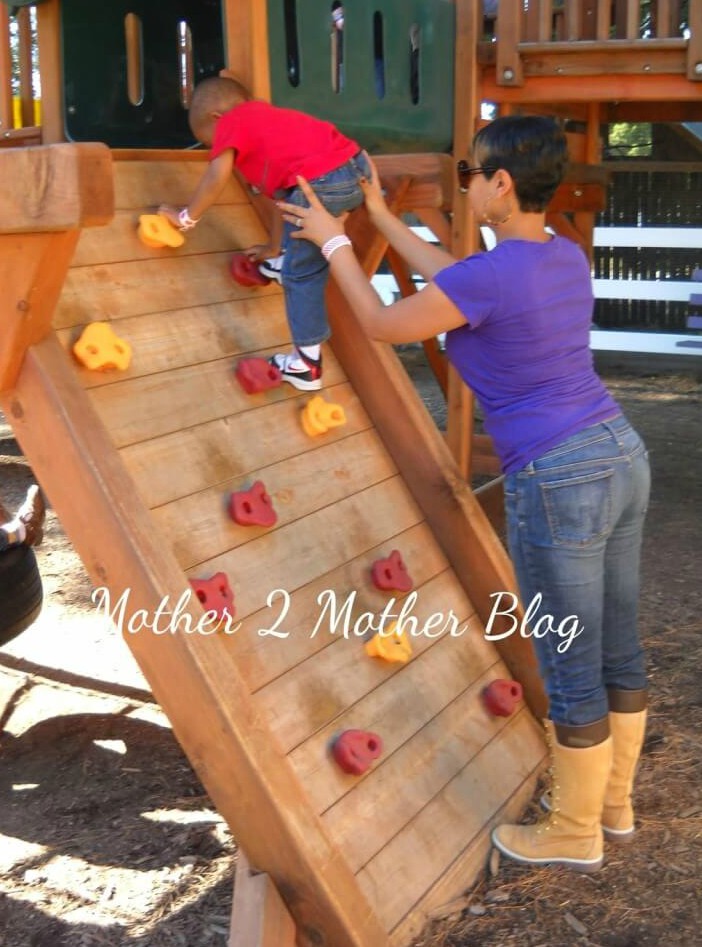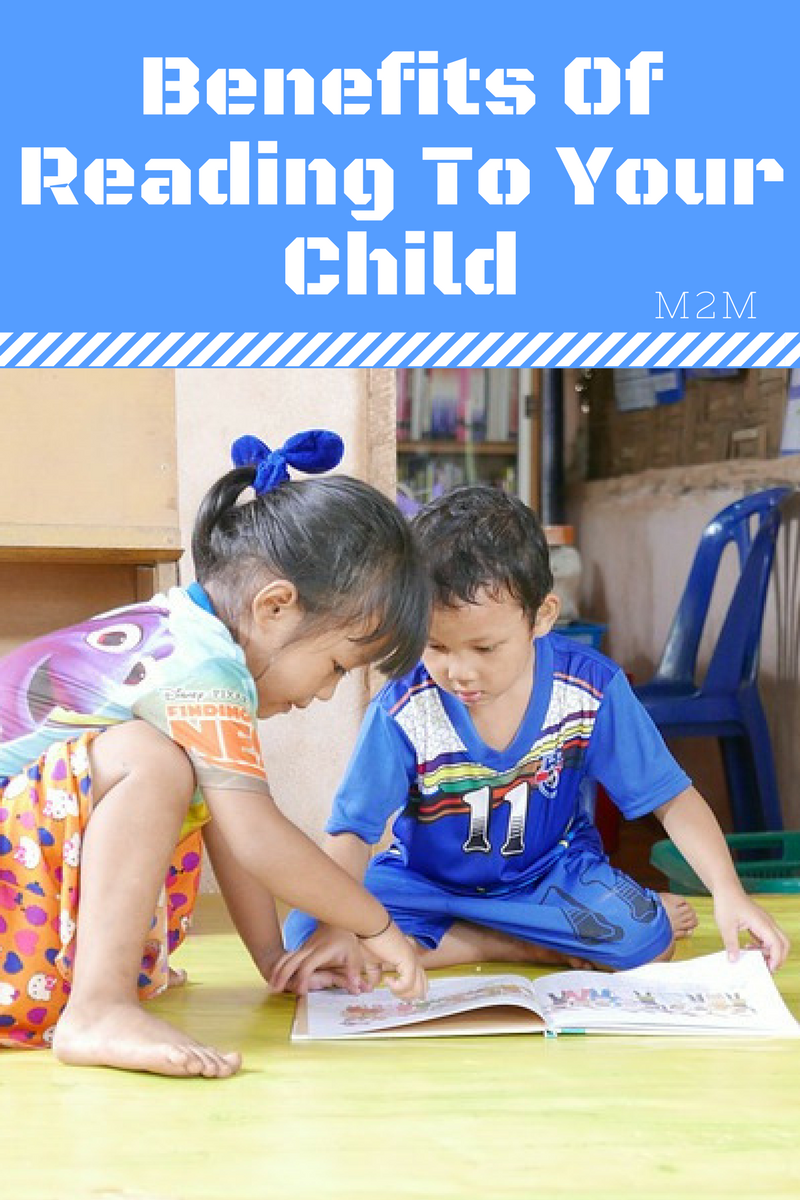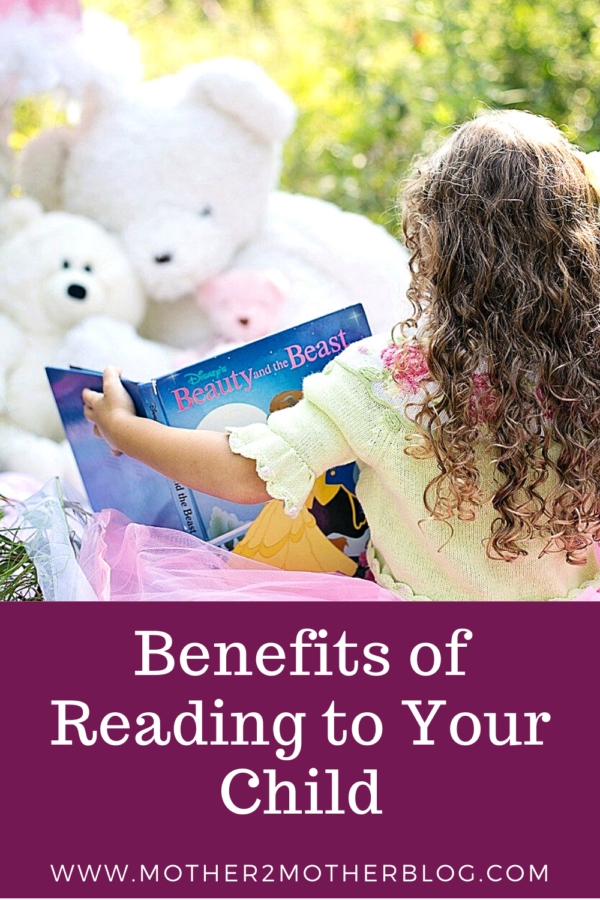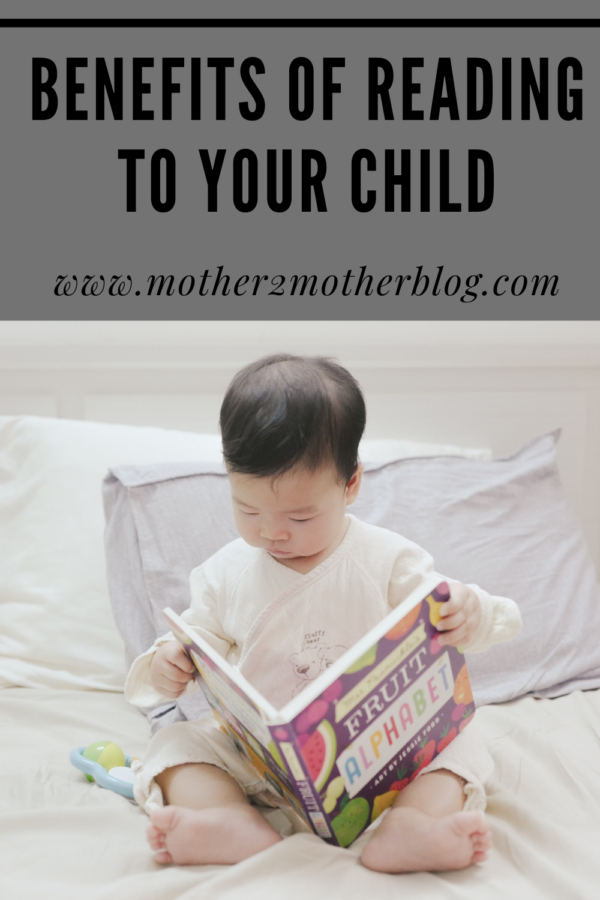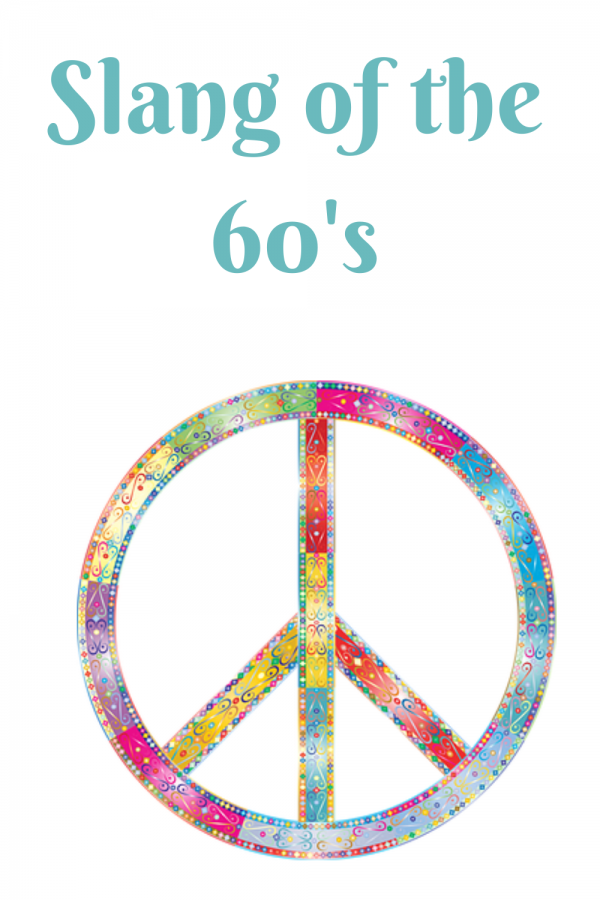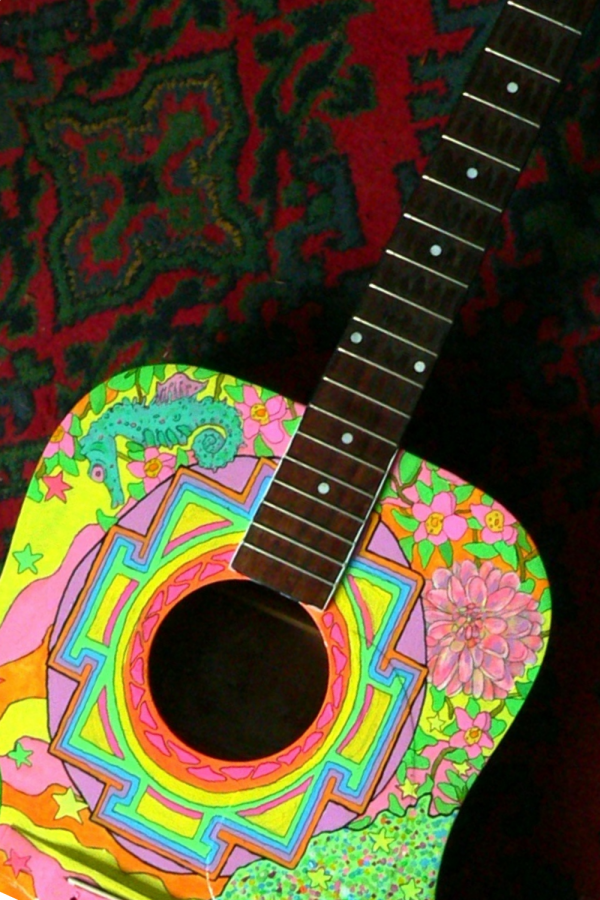Today, I have parenting tips on printable Easter Games. Our printable Easter games includes matching, unscramble and word search. It’s a great mix for younger and older children. If you’re like me, you’re always looking for games or activities to occupy the kids while you’re fixing dinner or entertaining other guests.
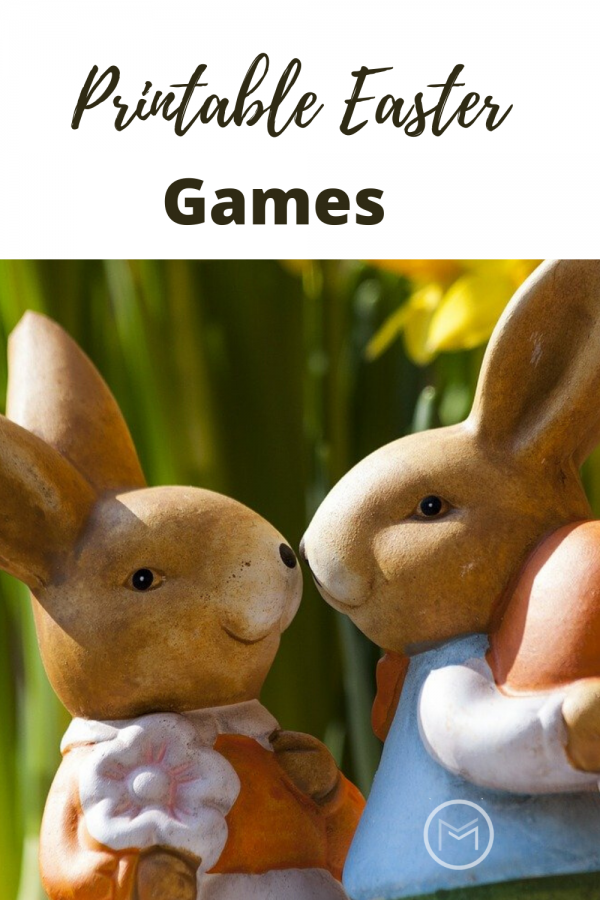
Here’s my printable Easter games package:
We have created an unscramble and word search game for older children. Our printable Easter Games for preschool and kindergarten will help children recognize differences and similarities. Word Search and Unscramble games can help older children with letter and word recognition, vocabulary and spelling.

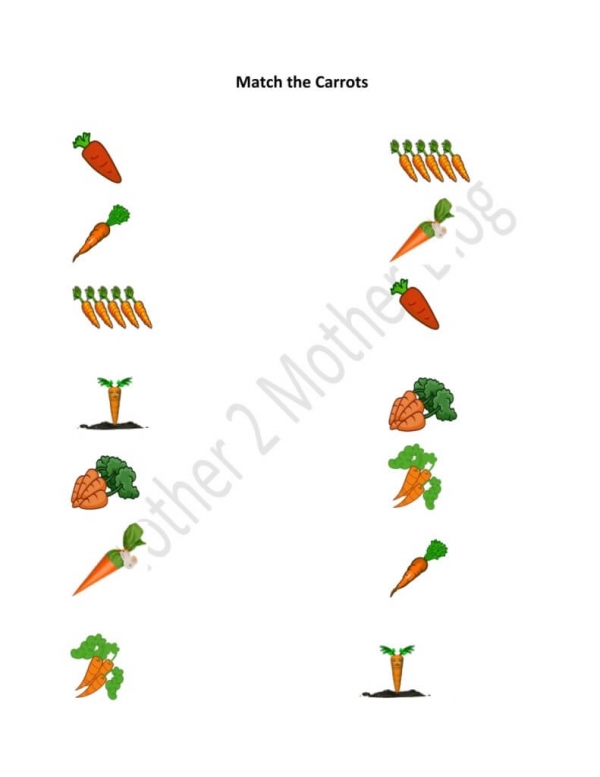
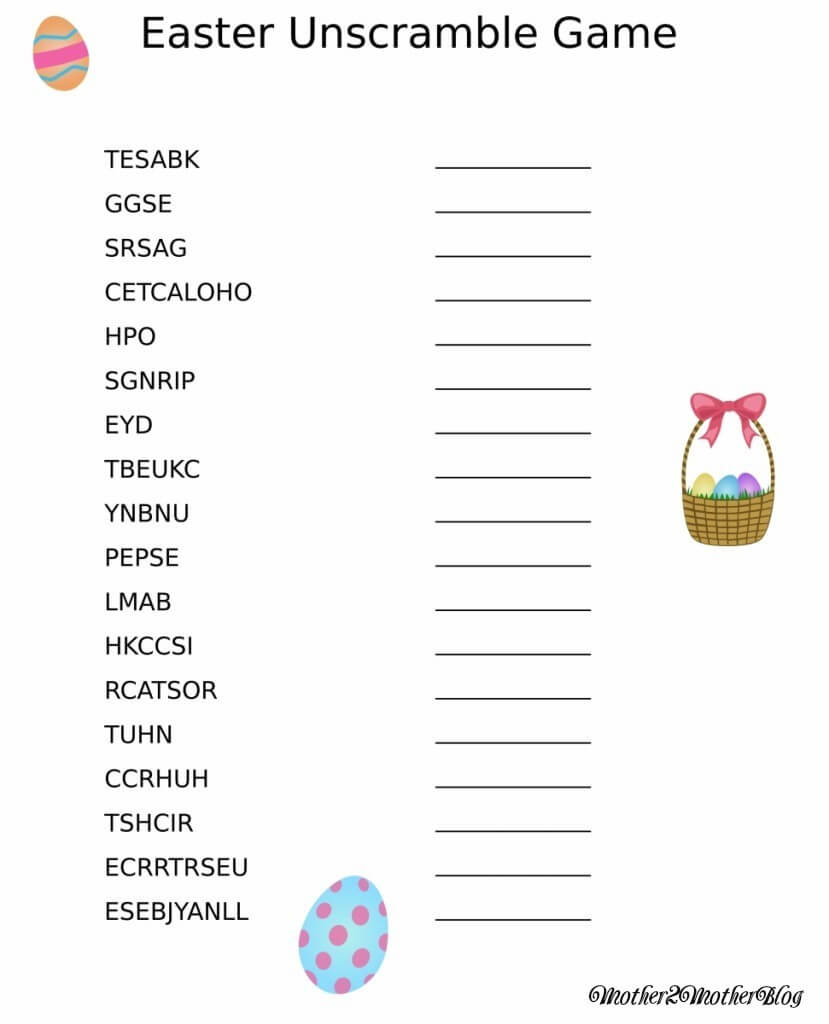
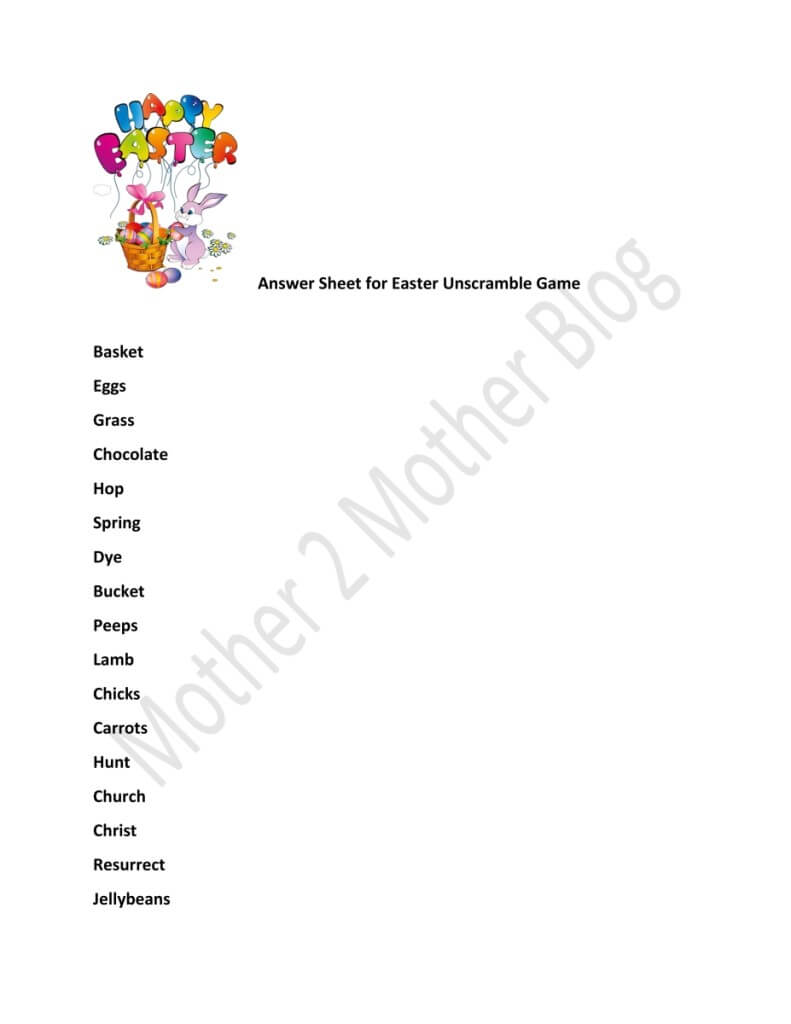
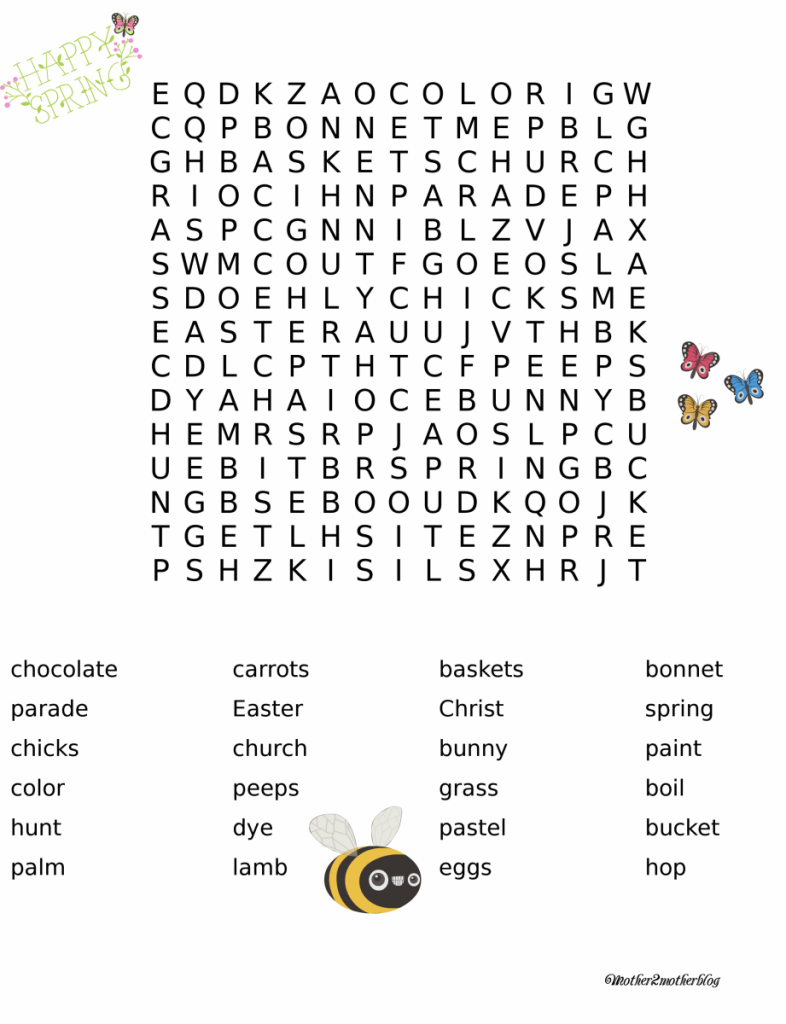
Early childhood development is essential in a child’s education. Matching items/objects helps to develop their logic and helps them learn how to make connections as well. It also helps children to develop the desire to learn and builds a solid foundation for success. Early childhood development sets children on a clear path for success in kindergarten and beyond.
Our Easter Games are filled with fluffy bunnies, cute chicks, brightly colored eggs, and chocolate eggs. But, lets not leave out the carrots for Easter Bunny. Our matching game is sure to grab the attention of any preschooler. However, our Word Search and Unscramble games will challenge the older children. Furthermore, I hope your Easter includes lots of colored eggs, cookies, and chocolate bunnies. So, be sure to reward yourself too.
In conclusion, use our printable Easter Games activities sheets. They can be downloaded here. How are you helping your child to develop logic and problem solving skills? How about older children? Do you challenger their vocabulary, spelling, or word recognition skills. These games are a great start.
You may also like: Kindergarten Super Heroes and Sports
